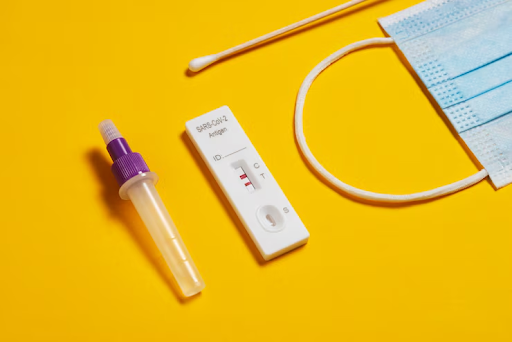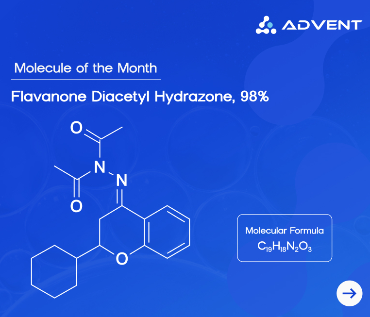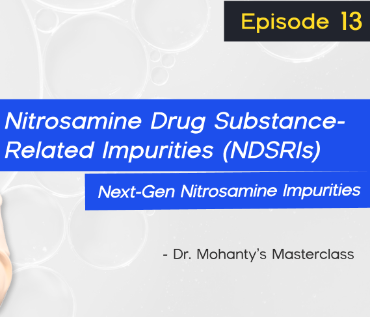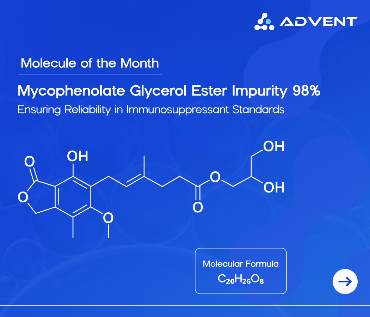As I was writing about the chemicals used in manufacturing diagnostic and testing kits, I was taken back to the time when people were struggling to find the COVID-19 diagnostic kits. There were also cases of false positives and false negatives reported. A tiny pink line decided your fate, whether you should be isolated or not.
That tiny line told a story—of science, of speed, and of silent heroes behind the scenes. No, not just the doctors. Not just the manufacturers. But the chemicals inside that strip were meticulously formulated to perform under pressure, irrespective of the person handling the kit.
From rural outreach kits to sophisticated PCR panels in cutting-edge labs, every diagnostic test demands high-purity, reactivity, and stability of its chemicals. In this blog, we highlight important chemicals that transform the plastic cassettes and tubes into life-saving tools
Which chemicals are used in the Diagnostic and Testing kit Manufacturing?
Here are the 5 categories of chemicals that are required to manufacture a diagnostic and testing kit:
1. Sample Collection & Lysis
To detect anything, the sample must first be broken down to obtain components such as DNA, RNA, or proteins. To break down the sample and to stabilize its components, lysis and stabilization chemicals are required, respectively.
The following are the chemicals that act as the first gatekeepers of purity in the diagnostic chain:
Lysis Buffers: It often contains detergents like SDS or Triton X-100, which break open cells to release nucleic acids.
Guanidinium Thiocyanate: It is a chaotropic agent to extract RNA and DNA while deactivating RNases.
EDTA: EDTA is a metal ion chelating agent, used to protect DNA and RNA from degradation.
2. Enzymes & Polymerases
Besides accelerating the reactions, they determine the sensitivity and the success of the test. The enzymes important in molecular testing protocols, such as PCR and RT-PCR, are:
Taq Polymerase: The heat-tolerant engine behind PCR amplification.
Reverse Transcriptase: Converts RNA to complementary DNA, vital for detecting RNA viruses.
RNase Inhibitors: Preserve fragile RNA molecules, ensuring accurate amplification.
It is crucial that these enzymes are free from nuclease contamination and optimized for kinetic stability, especially for high-throughput diagnostics.
3. Visualization Reagents
Every diagnostic kit has specific reagents that communicate the result. Either there will be a visible color change or there will be fluorescence. The following are the specialized substrates and labels that translate invisible reactions into visible outcomes.
NBT/BCIP: Chromogenic substrates used in colorimetric assays and ELISA.
Fluorescein, Rhodamine Derivatives: Fluorescent dyes for quantitative molecular assays.
Colloidal Gold Nanoparticles: The gold standard (literally) in lateral flow test strips.
These substances must remain stable across conditions—heat, light, pH—ensuring results are readable, repeatable, and reliable.
4. Nucleotides & Primers
A PCR reaction needs precise building blocks to accurately multiply genetic information. Maintaining batch consistency and high fidelity is crucial, especially for kits with regulatory requirements across geographies. The Nucleotides and primers used are:
dNTPs (Deoxynucleotide Triphosphates): High-purity nucleotides are important to synthesize new DNA strands.
Custom Primers: Short DNA sequences are tailored to allow them to bind to target regions and kickstart replication.
5. Stabilizers & Preservatives
The Diagnostic kits produce rapid results, but the logistics are not quick. The Reagents present in the diagnostic kits must be able to survive transport, storage, and usage delays.
The additives make diagnostic kits robust. Some of the protectants commonly used include:
Bovine Serum Albumin (BSA): It stabilizes enzymes and blocks non-specific interactions.
Trehalose, Sucrose: A Sugar-based cryoprotectant can safeguard reagents during freeze-drying (lyophilization).
Sodium Azide: It is a low-concentration antimicrobial agent used for long-term preservation.
Purity Standards Required
High-quality chemicals don’t just support a product—they uphold a reputation. They reassure clinicians, empower labs, and protect patients.
For diagnostic and testing kit manufacturers, every component—buffer, enzyme, primer, substrate—must meet a gold standard. Here’s what that looks like:
1. High Purity Grades
Diagnostic reagents need to be analytical or molecular biology grade, ensuring minimal interference or side reactions. Even trace-level contaminants can skew results in PCR, ELISA, or lateral flow assays.
2. Batch-to-Batch Consistency
Reproducibility is the soul of diagnostics. Manufacturers rely on chemicals that perform identically every single time, especially when scaling up for mass production.
3. Low Endotoxin Levels
In diagnostics involving cell cultures or immunoassays, endotoxin-free reagents are critical to prevent false inflammatory responses.
4. Stability & Shelf-Life
Chemicals used in kits must retain functionality during storage, transport, and extended shelf-life—often in diverse global climates. Stability testing under ICH conditions becomes essential.
5. Regulatory Compliance
Chemicals should meet standards such as ISO 13485, CE-IVD, and FDA 21 CFR Part 820, and come with:
Certificates of Analysis (CoA)
Material Safety Data Sheets (MSDS)
Traceability and lot-level documentation
6. Customizability
Many manufacturers seek custom-formulated reagents or enzymes fine-tuned to their proprietary test formats—requiring suppliers who offer tailored quality control and technical support.
Compliance with Regulatory and Quality Frameworks
Precision isn’t just about performance—it’s about compliance. Manufacturers of diagnostic kits must adhere to rigorous global standards:
ISO 13485: For quality management of medical devices.
US FDA 21 CFR Part 820: Covers good manufacturing practices for diagnostics in the U.S.
CE-IVD: Required for European markets.
WHO Prequalification: For diagnostics used in global health programs.
To meet these standards, every chemical—be it buffer, primer, or polymerase—must come with full documentation: CoAs, MSDS, and batch traceability.
Advent Chemicals — Your Trusted Scientific Partner
Think of a diagnostic test not just as a tool, but as a silent promise.
A promise whispered in a village clinic when a mother breathes easier after seeing one reassuring line.
A promise echoed in a high-tech lab as scientists detect a gene mutation that could change a patient's treatment path.
A promise that, no matter where you are, accuracy will reach you—quietly, reliably, and fast.
That promise doesn’t begin at the test strip.
It begins much earlier—in a flask, a lab, a well-calibrated batch of chemicals that behave the way they’re meant to.
That’s the invisible science powering diagnostics.
And it’s why manufacturers across India and beyond are choosing their chemicals with precision. Because when a life—or a decision—rests on a test result, there’s no margin for guesswork. Only for certainty, purity, and trust.
At Advent, we believe in this kind of chemistry. Not just the one measured in molecules, but the kind built on consistency, confidence, and care.
Because behind every accurate result, there’s a formula, a foundation, and a fine chemical that made it possible.
And that’s where our story begins.




